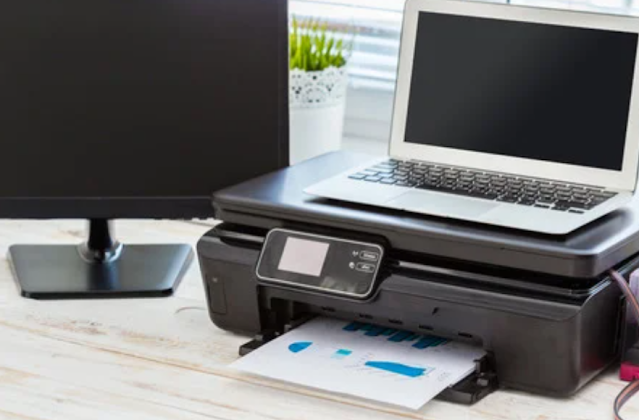Troubleshooting Printer Connectivity Issues: A Comprehensive Guide
Printer connectivity issues can be frustrating, disrupting your workflow and delaying important tasks. Whether you're experiencing problems connecting your printer to a computer or getting it to communicate with your network, this article will provide you with a step-by-step guide to troubleshoot printer connectivity issues effectively.
Step 1: Check Physical Connections
The first step is to ensure that all physical connections are secure and properly connected. Verify the following:
- Power Connection: Ensure that your printer is powered on and connected to a working power source.
- USB or Ethernet Cable: If you're connecting via a USB or Ethernet cable, make sure it is securely plugged into both the printer and the computer or network router.
- Wireless Connectivity: If your printer is wireless, check that it is connected to your Wi-Fi network and that the signal strength is adequate.
Step 2: Verify Printer and Computer Settings
Next, confirm that the printer and computer settings are properly configured:
- Default Printer: Check that the printer you're trying to use is set as the default printer on your computer. Go to your computer's settings and select the correct printer as the default device.
- Network Settings: If you're connecting wirelessly, ensure that your printer's network settings, such as the SSID (network name) and password, match those of your Wi-Fi network.
- Printer Drivers: Make sure you have the latest printer drivers installed on your computer. Visit the printer manufacturer's website and download the most up-to-date drivers for your specific printer model.
Step 3: Restart Devices
Sometimes, connectivity issues can be resolved by simply restarting the devices involved:
- Printer: Power off your printer, disconnect the power cord, wait for a few seconds, and then reconnect the power cord. Turn the printer back on and allow it to fully initialize.
- Computer: Restart your computer to refresh its settings and clear any temporary glitches that may be causing connectivity problems.
Step 4: Run the Printer Troubleshooter
Most operating systems provide built-in printer troubleshooters that can automatically identify and fix common printer connectivity issues:
- Windows: Go to the Control Panel or Settings, navigate to "Devices and Printers" or "Printers and Scanners," and run the printer troubleshooter available in the system settings.
- Mac: Open "System Preferences," select "Printers & Scanners," right-click or Control-click on the printer experiencing issues, and choose "Reset Printing System" or use the available troubleshooting options.
Step 5: Update Firmware and Software
Outdated firmware or software can sometimes cause connectivity problems. Visit the printer manufacturer's website and check for any available firmware updates for your printer model. Similarly, ensure that your computer's operating system and printer software are up to date.
Step 6: Temporarily Disable Firewall and Antivirus
Firewall and antivirus software can sometimes interfere with printer connectivity. Temporarily disable these security applications and attempt to print or establish a connection. If the printer works without them, adjust the settings to allow printer communication while maintaining necessary security precautions.
Step 7: Consult Manufacturer Support and Documentation
If all else fails, consult the printer manufacturer's support website or contact their customer support for further assistance. Provide them with details about your printer model, operating system, and the specific connectivity issue you're facing. They can offer specialized guidance and troubleshoot issues specific to your printer.
Printer connectivity issues can be resolved by following a systematic troubleshooting approach. By checking physical connections, verifying settings, restarting devices, running built-in troubleshooters, updating firmware and software, and temporarily disabling security software if needed, you can often overcome common printer connectivity problems. If the issue persists, don't hesitate to seek support from the printer manufacturer. With patience and perseverance, you can restore smooth printer functionality and resume your printing tasks without disruption.











